Dorothy Wickham
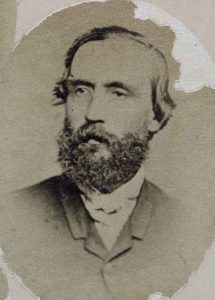
George Edward Thomson
State Library of Victoria
On the first of August 1853 George Edward Thomson, Dr David Griffith Jones and an Irish-born American, ‘Captain’ Edward Brown presented the Bendigo Goldfields Petition to Lieutenant Governor Charles Joseph LaTrobe. Signed by around 5,000 miners from Bendigo, Castlemaine, McIvor and other Victorian Goldfields, it is an important political document in the history of Victoria. George Edward Thomson, Chartist and leader of the Red Ribbon Movement, wrote that: ‘Political deliberation is the poor man’s right arm. It brought the Magna Carta to the barons, Catholic emancipation to the Irish and triumphal repeal of the Corn Laws for the people of England. Surely it would bring democracy to the gold diggers of Victoria’.
Drawn up in 1853, the Bendigo Goldfields Petition was amongst the earliest organised expressions of dissatisfaction with the conditions of the Victorian goldfields. The official discovery of payable gold had opened up the Colony of Victoria only two years previously, in August 1851. This almost coincided with the separation of the Colony of Victoria (Port Phillip District of New South Wales) from the mother colony on 1 July 1851. Thomson’s words show that the 1853 Bendigo Goldfields Petition was political. The tension and protests on the Victorian Diggings were to eventually spill over at the Eureka Diggings in Ballarat East where soldiers, troopers and civilians clashed, early on a Sunday morning, on 3 December 1854.
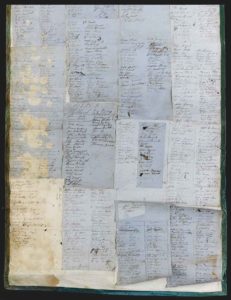
A Portion of the 1853 Bendigo Goldfields Petition State Library of Victoria
By examining the 1853 Petition it is clear that it was difficult to organise. Sheets of brown paper with announcements from the Anti-Licence League were distributed amongst stores and in the various gullies around Bendigo where men were digging for gold. Two members of the League were appointed and travelled to designated locations to address and explain what the Petition was about. Local committees were set up and deputies from the League visited the McIvor, Ballarat, and Castlemaine districts. They collected signatures on scraps of paper, and on larger poster sized papers. The signatures were all handwritten, and while some are clear, others are illegible. Some parts of the large Petition contain separate pieces of paper that are pasted together, and the whole Petition has then been bound in green silk, a colour noted for its reference to Chartist protests.
It took volunteers almost two years to transcribe names from the Petition for the State Library of Victoria. They found it necessary to categorise the names into three sections: those easy to decipher, those with one or two letters that were difficult and thirdly names that were almost illegible. Thousands of these signatures are in the process of being added to the Eureka Wiki in 2020, adjacent to the biographies associated with that signature and that the Wiki contains. They are being checked against men known to be involved at Eureka, or on other goldfields. This is a huge undertaking, and one that will take many hours of painstaking research.
“Crulmony” or “Creelman”
Names on the Petition that were designated by transcribers to be difficult to decipher, are shown in square brackets on the State Library of Victoria’s website. Among these was the name of ‘Crulmony’. We researched this name and could find no-one in Victoria with that surname, so looked at the signature in detail and magnified. The signature of ‘William Creelman – Blacksmith’ proved to be the transcribed ‘Crulmony’. Through further research
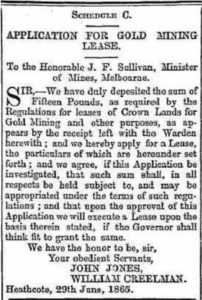
Application for Gold Mining Lease by John Jones and William Creelman
Creelman was found to be in partnership with a John Jones in 1865. Checking back to the batch of signatures on the 1853 Petition John Jones’ signature is only five names from William Creelman’s so that they were known to each other in 1853, years before they went into partnership in a lease in a gold mine.
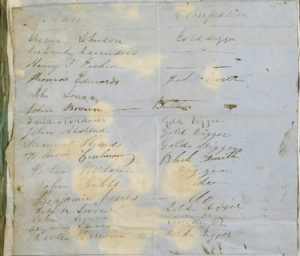
Signatures of Creelman and Jones on the 1853 Petition
This discovery allowed more information to come forward about Creelman, who was a Irish convict, transported to Tasmania in 1842. He married in Tasmania and had daughters there. The family moved to Victoria where he signed the 1853 Petition and went into business with John Jones, a fellow signatory, in 1865. Creelman’s eldest daughter led what could be described as a colourful life, having multiple relationships, murdering her lover who was a Police Magistrate, and dying an alcoholic in Sydney in January 1889.
Henry Thomas Groves Holyoake, the brother of English Chartist George Jacob Holyoake, was one of those involved in both the Bendigo and Ballarat protests. His signature can be found three times on the Petition. Holyoake spoke at Bendigo, being heavily involved in the formation of the 1853 Petition, while he was also a member of the Ballarat Reform League in 1854, an association that created the Ballarat Reform League Charter, a document demanding the diggers’ rights, that was presented to Governor Hotham.
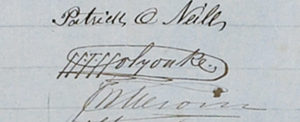
One of Henry Thomas Holyoake’s signatures on the Petition
Holyoake was active in Chartism in England before emigrating to Victoria with his brother Horatio. Henry was present at the meeting on Bakery Hill, Ballarat, and started proceedings there with the first resolution “That we the Diggers of Ballarat in public meeting assembled, viewing the late demonstration of public feeling as arising from the mal-administration of the law, and sympathising with Messrs M’Intyre and Fletcher, who stand committed for trial at Geelong on the 26th instant, on the charge of aiding and abetting in the wilful destruction of the Eureka Hotel feel it our duty to subscribe the necessary funds to secure the best counsel and defraying the general expenses of the trial.” This was seconded by Dr. Levison, and

Another of Holyoake’s signatures on the Petition
unanimously adopted by the meeting. He was not in Ballarat but had gone to Bendigo to garner support from the miners there before the battle at Eureka.
These are two of the thousands of stories associated with the 1853 Bendigo Goldfields Petition. As this project unfolds there will be more revelations, more stories, and no doubt more interesting information will come to light to enable more layers to be added to the already rich history of the Victorian goldfields. You can find more information on the Petition on the Eureka Wiki at http://www.eurekapedia.org/Bendigo_Goldfields_Petition

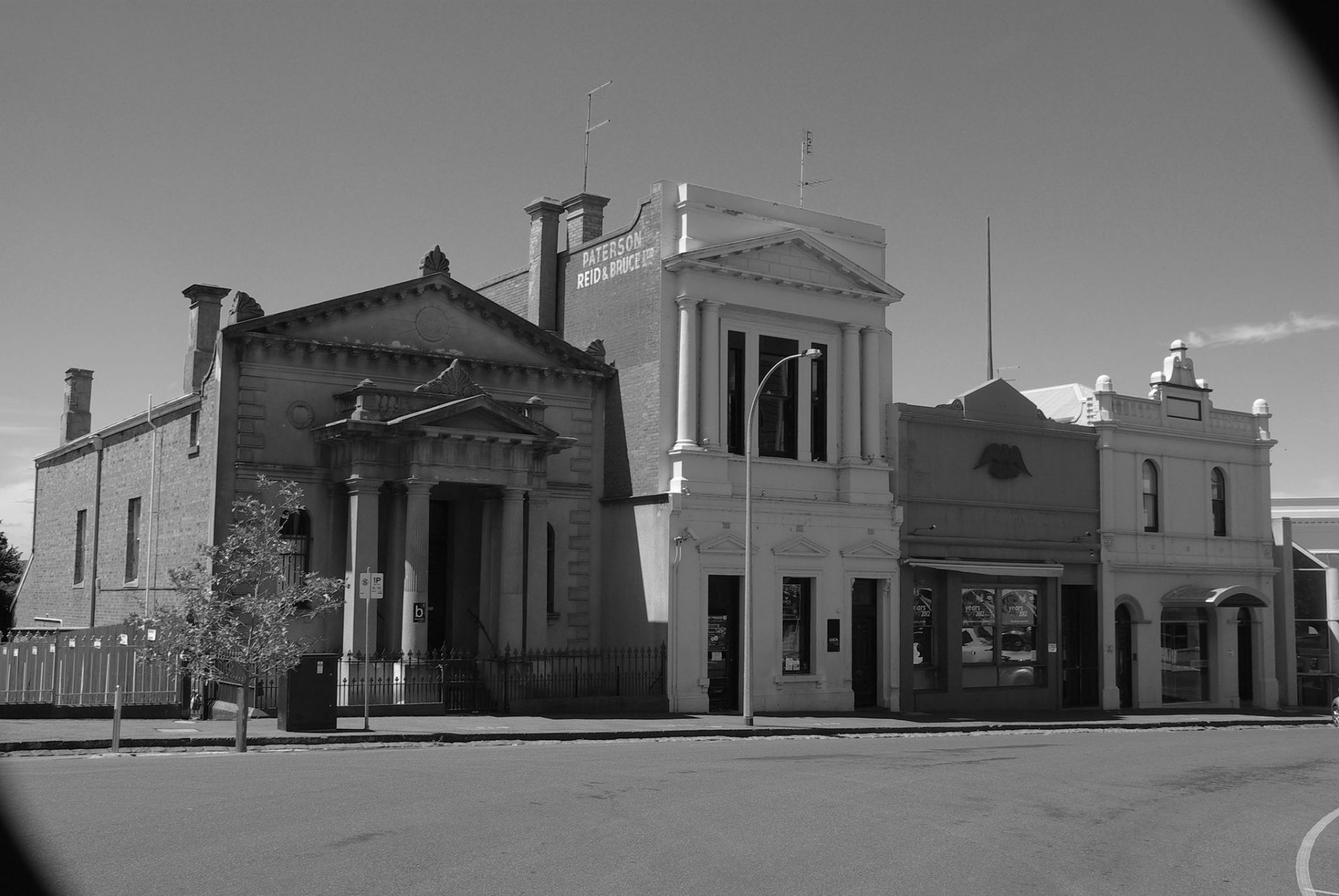
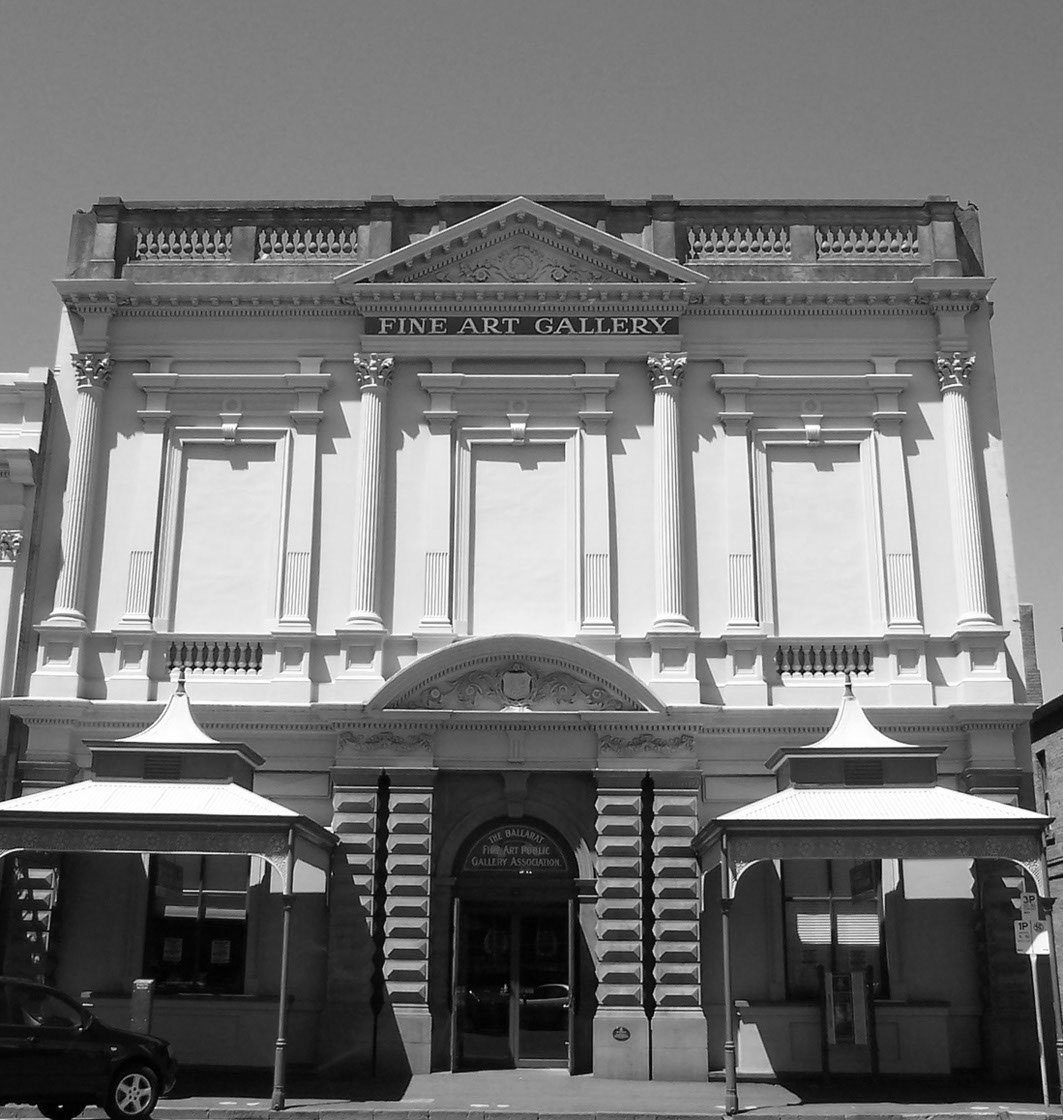



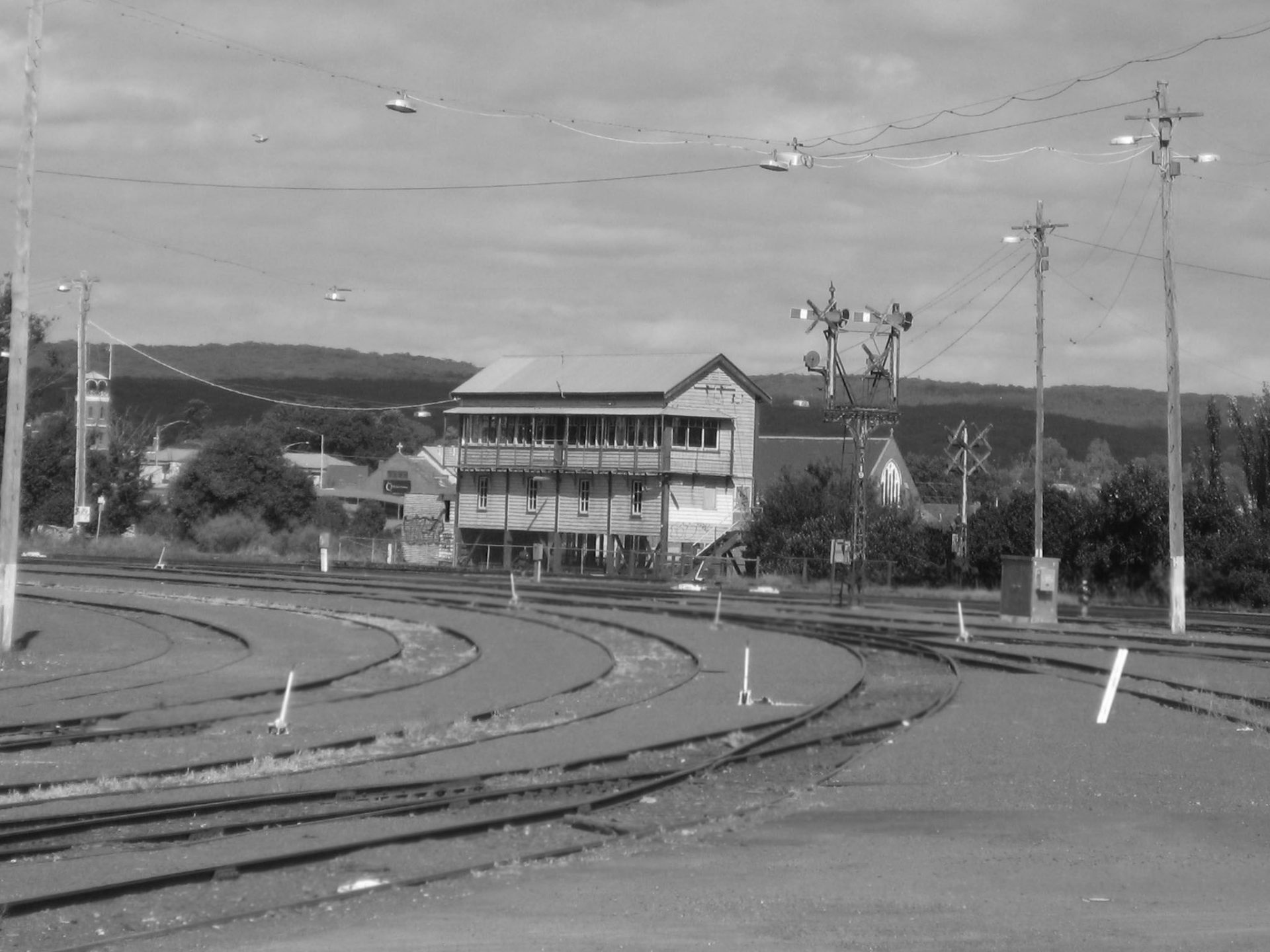

![Bendigo STGill SLV Low Res S. T. Gill. Forest Creek, Mount Alexander 1852. [detail]. State Library of Victoria](https://ballaratheritage.com.au/wp-content/uploads/Bendigo-STGill-SLV-low-res-300x181.jpg)